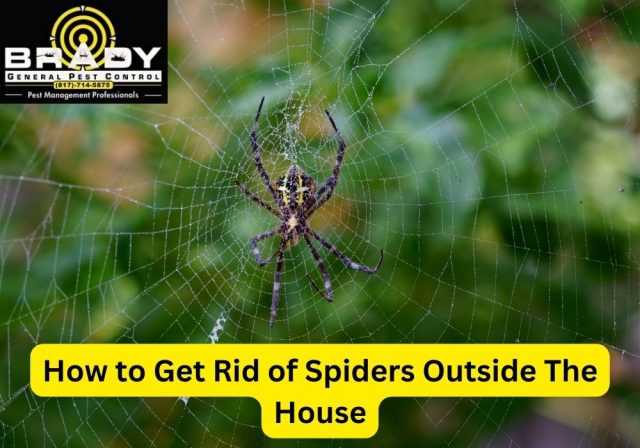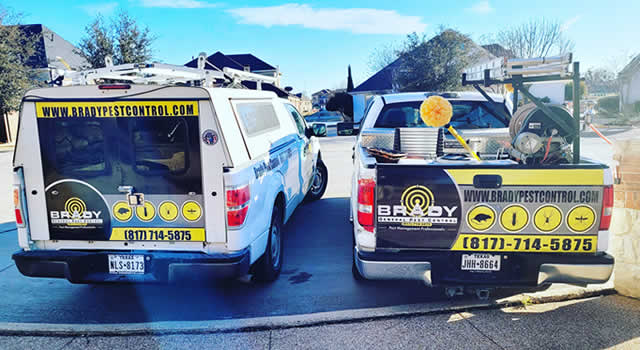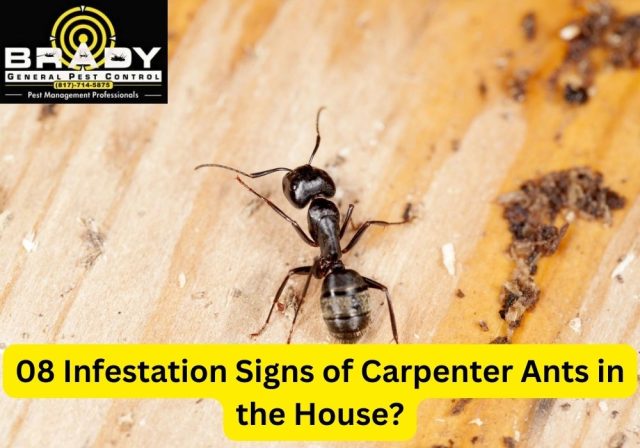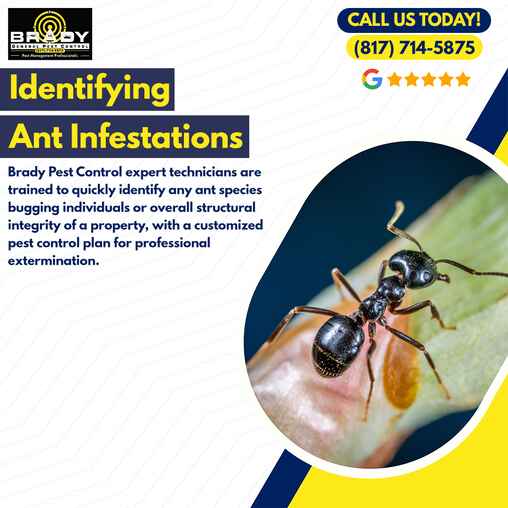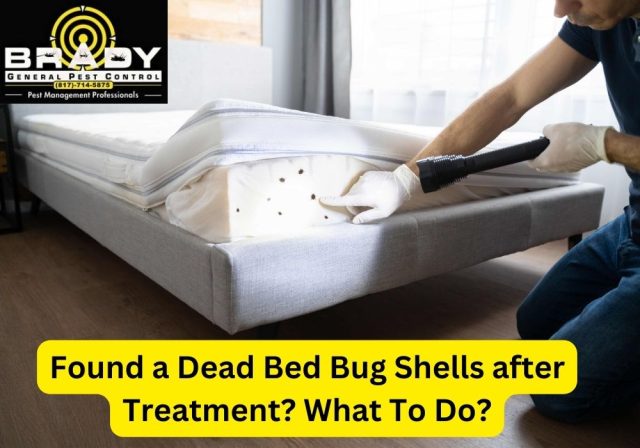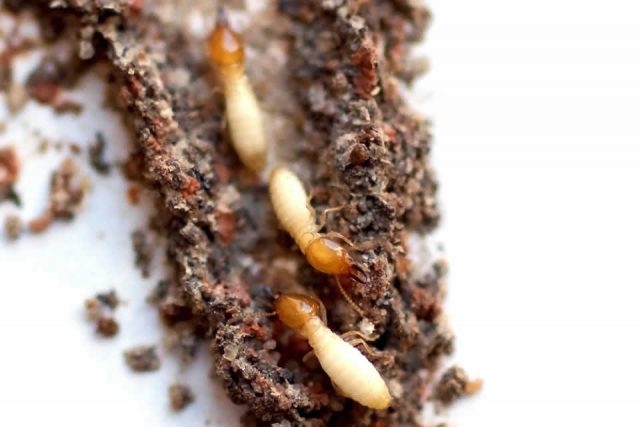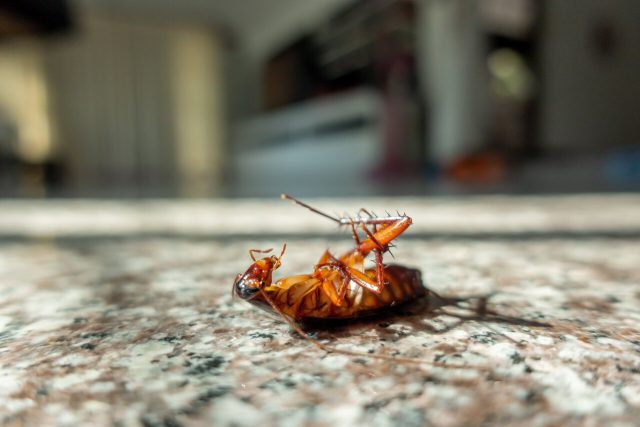Spiders are easily found outside homes. Their presence is unsettling for many individuals. You can keep these eight-legged creatures at bay.
Maintain a spider-free outdoor space by following several strategies. You can try natural remedies. Get help from pest control services. Brady Pest Control in Grand Prairie, TX. can help you handle this situation peacefully.
Best Way to Get Rid of Spiders Outside the House?
-
Keep Outdoor Areas Clean
Regularly clean up debris. Spiders hide in woodpiles. Trim back vegetation around your home. It reduces hiding spots.
-
Use Natural Repellents
Sprinkle diatomaceous earth around entry points. Essential oils like;
- Peppermint
- Tea tree
- Citrus acts as a natural repellents.
It is sprayed around your house to deter spiders.
-
Remove Spider Webs
Regularly sweep away spider webs. Use a vacuum cleaner or broom. Clean the areas where spiders build their webs.
-
Seal Entry Points
Check outside of your home for cracks. Look for the openings where spiders can enter. Seal these entry points with caulk. Use weather stripping to prevent spiders from gaining access to your house.
Take action against spider infestations. Contact us now!
-
Install Outdoor Lighting Strategically
Spiders are attracted to light sources. Use yellow or sodium vapor lights. It is less attractive to insects. Keep the outdoor lights off when not needed. It can reduce spider activity around your home.
-
Use Spider-Repelling Plants
Plant certain herbs and flowers known for their spider-repelling properties. The eucalyptus, lavender, mint, and marigolds can help deter spiders from taking up residence.
- Apply Spider-Specific Pesticides
Use spider-specific pesticides labeled for outdoor use. Follow the manufacturer’s instructions carefully. Avoid spraying near water sources or edible plants.
Hire Professional Pest Control Services
Get help from a professional pest control company for severe spider infestations outside the home. They can assess the situation. Develop a customized treatment plan. And safely apply effective pesticides to eliminate spiders from your outdoor space.
Final Words!
You can get rid of spiders outside your house easily. Create a pleasant outdoor environment. Opt for professional pest control services like Brady Pest Control. Take proactive steps to control spider populations. It can help you enjoy your outdoor space without the unwanted arachnid guests.
Get help from Brady Pest Control in Grand Prairie, TX. Fill out our form to get a free quote today or call 817-714-5875.
Frequently Asked Questions
Why do I have so many spiders outside my house?
Spiders are attracted to outdoor environments. It offers ample food sources like insects. It provides suitable hiding spots such as vegetation, debris, and cracks in walls. Outdoor lights can draw insects, which attract spiders seeking food.
What is the best way to get rid of spiders outside?
The best way to get rid of spiders outside your house is to;
- Keep outdoor clean
- Remove their webs regularly
- Seal entry points
- Use natural repellents
- Seek professional pest control services for severe infestations.
What keeps spiders away permanently?
Spiders can be kept away permanently by implementing a combination of preventative measures. Maintain a clean outdoor environment. Plant spider-repelling herbs. Address any underlying insect issues that attract spiders.
Why are there a lot of spiders outside my house?
A high population of spiders outside your house may indicate favorable environmental conditions. Abundant prey and suitable hiding spots can cause severe spider infestations outside your home.
What smells do spiders hate?
Spiders dislike the smell of essential oils such as;
- Peppermint
- Tea tree
- Citrus.
These scents can act as natural repellents.
What are spiders most afraid of?
Spiders are most afraid of predators. They are afraid of birds, lizards, and larger spider species. They exhibit avoidance behavior towards certain scents and movements that signal potential danger.
What annoys a spider?
Spiders can be annoyed by disturbances to their web. Vibrations or disruptions caused by wind, rain, or human activity can disrupt spiders. Scents like citrus can deter spiders.
What is the biggest enemy of spiders?
The biggest enemy of spiders in nature is the predators. Lizards and other predatory insects feed on spiders. Spiders are part of their diet.
What naturally kills spiders?
Several natural substances can effectively kill spiders. It includes;
- Diatomaceous earth
- Vinegar
- Citrus-based cleaners
- Essential oils (tea tree and peppermint)
These substances can be sprayed directly on spiders to eliminate them.
Take control of your outdoor space today! Contact Brady Pest Control for professional spider extermination services.


